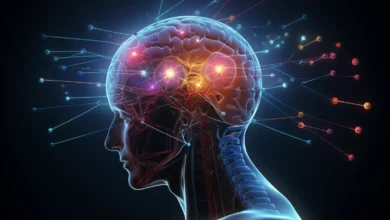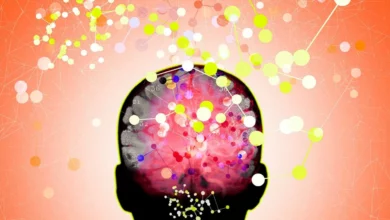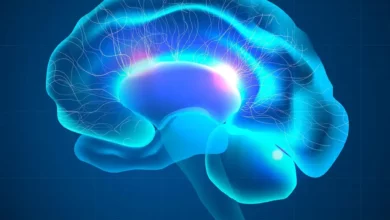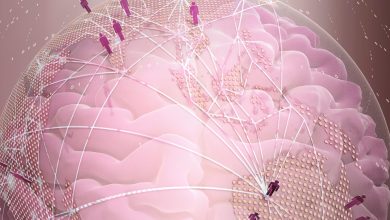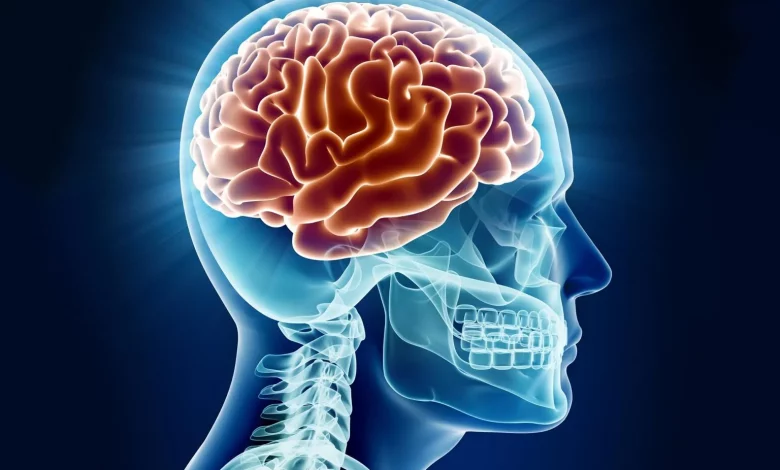
Lead Image: According to the study, certain regions of the brain are bigger in physically active people than in less active people.
The effects are more pronounced in brain areas with high oxygen demand.
Exercise keeps both the body and the mind healthy, but little is known about how and where physical exercise impacts our brains.
“In previous research, the brain was usually considered as a whole,” says Fabienne Fox, neuroscientist and lead author of the current study. “Our goal was to take a more detailed look at the brain and find out which regions of the brain physical activity impacts most.”
Extensive Data from the Rhineland study
Fox and associates utilized information from the Rhineland Study, a large population-based study carried out by DZNE in the vicinity of Bonn, for their study. They specifically examined the physical activity data of 2,550 individuals between the ages of 30 and 94, as well as brain images obtained by magnetic resonance imaging (MRI). Participants in the research wore an accelerometer on their upper thigh for seven days to collect data on their physical activity. The MRI scans revealed new details, particularly on brain volume and thickness of the cortex.
The More Active, the Greater the Effects
“We were able to show that physical activity had a noticeable effect on almost all brain regions investigated. Generally, we can say that the higher and more intense the physical activity, the larger the brain regions were, either with regard to volume or cortical thickness,” Fabienne Fox summarizes the research results. “In particular, we observed this in the hippocampus, which is considered the control center of memory. Larger brain volumes provide better protection against neurodegeneration than smaller ones.”
The size of the brain regions, however, does not increase linearly with physical activity. Comparing study participants who were sedentary and those who were just moderately physically active, the research team discovered the biggest, nearly sudden volume increase. This was especially noticeable in elderly people over the age of 70.
“In principle, this is very good news – especially for those who are reluctant to exercise,” says Ahmad Aziz, who heads the research group “Population and Clinical Neuroepidemiology” at DZNE. “Our study results indicate that even small behavioral changes, such as walking 15 minutes a day or taking the stairs instead of the elevator, may have a substantial positive effect on the brain and potentially counteract age-related loss of brain matter and the development of neurodegenerative diseases. In particular, older adults can already profit from modest increases of low-intensity physical activity.”
Young and somewhat athletic subjects who usually engaged in moderate to intense physical activity also had relatively high brain volumes. However, in even more active subjects, these brain regions were slightly larger. Also here it showed: the more active, the greater the effect, although at high levels of physical activity, the beneficial effects tended to level off.
Brain Regions that Benefit the Most
To characterize the brain regions that benefited most from physical activity, the research team searched databases for genes that are particularly active in these brain areas. “Mainly, these were genes that are essential for the functioning of mitochondria, the power plants of our cells,” says Fabienne Fox. This means that there are particularly large numbers of mitochondria in these brain regions. Mitochondria provide our body with energy, for which they need a lot of oxygen. “Compared to other brain regions, this requires increased blood flow. This is ensured particularly well during physical activity, which could explain why these brain regions benefit from exercise,” says Ahmad Aziz.
Exercise Protects
The bioinformatic analysis further showed a large overlap between genes whose expression is affected by physical activity and those impacted by neurodegenerative diseases such as Alzheimer’s, Parkinson’s, or Huntington’s. This could offer a potential explanation for why physical activity has a neuroprotective effect, the research team concludes. “With our study, we were able to characterize brain regions that benefit from physical activity to an unprecedented level of detail,” says Ahmad Aziz. “We hope our results will provide important leads for further research.”
And also approaches for everyday use: “With our results, we want to provide a further impetus to become more physically active – to promote brain health and prevent neurodegenerative diseases,” says Fabienne Fox. “Even modest physical activity can help. Thus, it’s just a small effort – but with a big impact.”
Reference: “Association Between Accelerometer-Derived Physical Activity Measurements and Brain Structure: A Population-Based Cohort Study” by Fabienne A.U. Fox, Kersten Diers, Hweeling Lee, Andreas Mayr, Martin Reuter, Monique M.B. Breteler and N. Ahmad Aziz, 2 August 2022, Neurology.
DOI: 10.1212/WNL.0000000000200884

